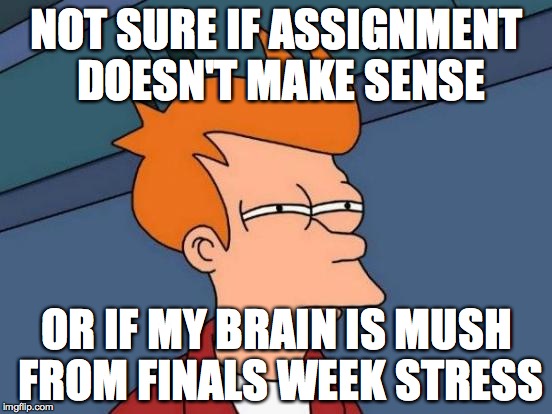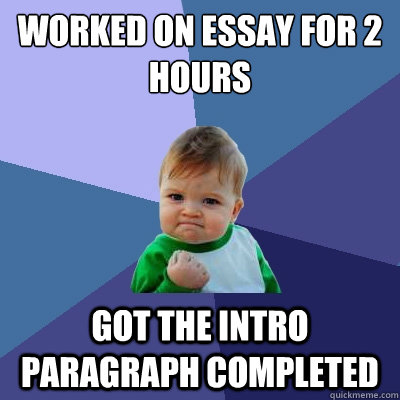My time in the Writing Center has taught me so much about working with others, reflecting in on myself, and about writing in general. Many students have come in asking for help with outlining or even simply understanding the assignment. I have found that one of the most helpful tips has been to analytically read the assignment sheets and try to gain a deep understanding of what the professor is asking the student to do. Along with fully understanding the prompt, the importance of pre-writing and outlining have also been main topics in my appointments this semester.
Personally, I have found creating an outline in the pre-writing phase to be effective, especially when I start typing a paper. If I have the paper set up logically with my main ideas and supporting details, it is much easier to make the paper flow smoothly and the writing process is actually quicker. Visually seeing what the ideas are and how they are connected them makes it easy to spot any issues with transitions and coherency.
Adding these two steps to my own writing process has really helped me organize my papers and has also made writing a much easier and faster process.
To any students who are having trouble thinking of a topic for their papers or getting started on writing their papers, I would strongly recommend utilizing outlines. Trying jotting down some ideas and thinking about what you could do with them in your assignment. By doing this, you can see what could and could not work and you would also be able to gauge your own interest in the topic. This is also a good place to work in evidence from sources, which will help greatly when the actual writing of the paper begins. If you have trouble figuring out how to organize the paper, write down all the main points you want to hit, then plug them into a logical outline.
Adding these two small steps to your writing process will greatly aid in the development of any paper.
-McKinze



